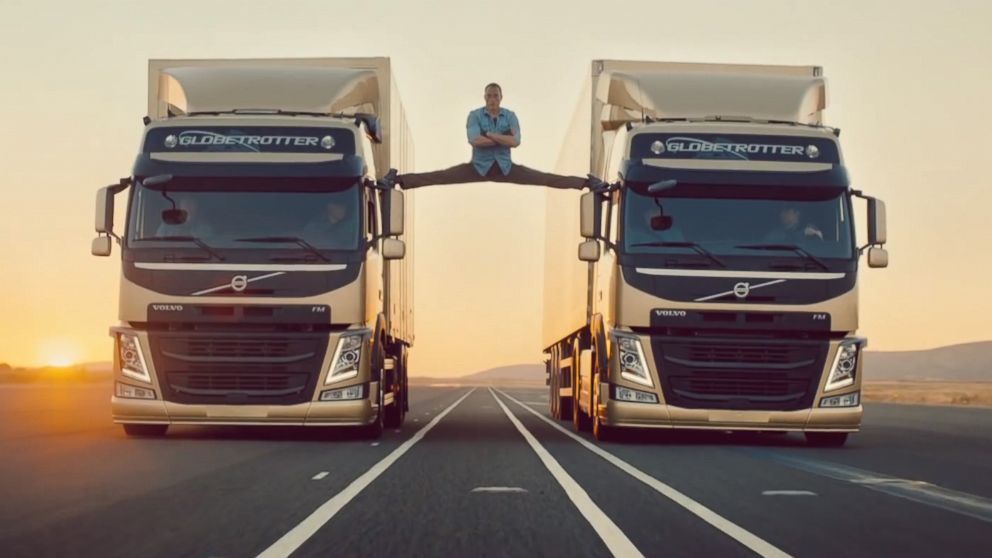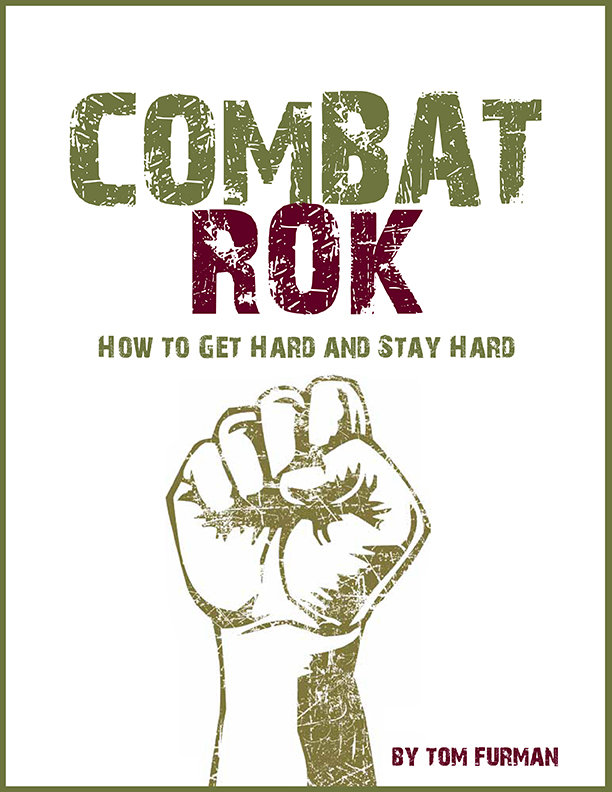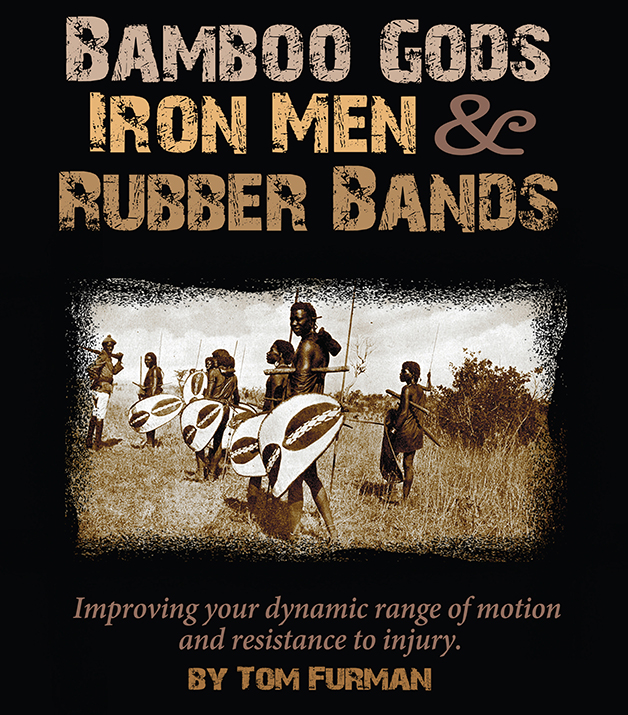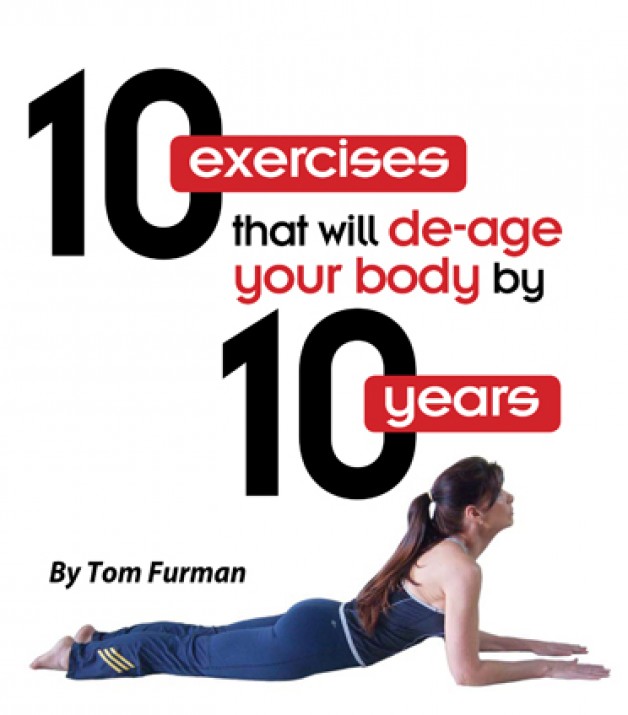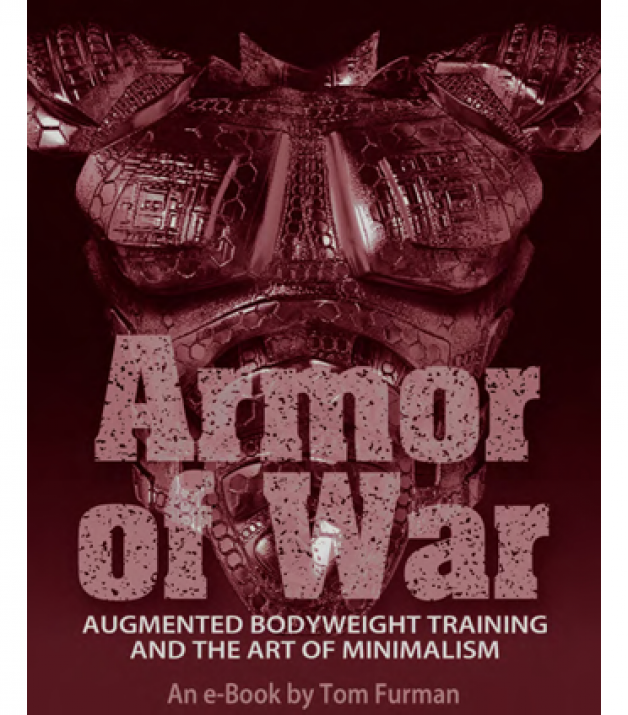“The Motion of Many Motions.” — Pendekar Paul de Thouars
The word, “djuru” can mean many things in Indonesian martial arts. It is usually a short form using mainly the upper body. In a DVD, the late Paul de Thouars said it was, “The motion of many motions.” I like the idea of a tool that has many functions. “Iron Djuru” are sequences of movement that can have added resistance. Resistance to gain strength is secondary to “pressure testing” movement. Looking for weak spots, tight spots and painful spots. It is as much diagnostic as it is developmental. When and only when you can move smoothly, with no pain or restriction, should you adjust the resistance. Even so, building a bit of muscular endurance and demonstrating the skill of composure under duress is primary. This is not a great strength builder. It is about motion and freedom to express physically.
Iron Djuru #1 is lower body based. It is hip hinge and knee joint focused. While either move is hardly new, novel or revolutionary, putting them together makes for an enjoyable drill to maintain youthful, athletic movement on your off days or as a warm down from heavier training.
The first part is a modified Good Morning exercise. Rather than carry the weight on your upper back, you will use a kettlebell, dumbbell, or barbell plate, behind your back in the “handcuff” position. If you are detrained or recovery from injury or illness, you can easily hold a rolled up magazine or towel before adding resistance.
Starting in a military posture with feet at shoulder width apart and shoulders down and back, unbend the knees slightly and push your tailbone back as you fold at the hips. You should imagine trying to touch a wall behind you with your buttocks. Only bend as far as comfortable and as long as you can maintain a neutral spine. This will vary from person to person. You should exhale in the stretched position. You are NOT lifting maximal weights and exhaling with allow a reduction of tension in the muscles allowing movement.
Smoothly return to upright by squeezing the buttocks. Remember, you only move at the hip joint. Repeat this process several times. Don’t FORCE movement, ALLOW it.
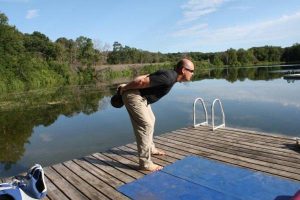
The second half of Iron Djuru #1 is the Kettlebell Hack Squat. You may again, use a barbell plate, dumbbell or just any object to keep you in the ‘handcuff’ position that enforces good posture. This Hack Squat will have an bonus feature at the end that is added AFTER you have mastered the basic movement. I’ll use a quote from my article, “The Lost Basic” on this movement by internet legend, Steve Shafley,
“Do a hack squat with your feet pretty close together and coming up on your toes. Let the knees track out over the toes. Hold a kb behind you.
Important points: open up the joints, “pull the hip out of the socket”, instead of going down, think of pulling your hips out of the sockets while you pull yourself down into a squat. Let your chest open and pull your shoulders back to let the kb open up your chest a bit. When you can sit on your heels in the bottom, pretend there’s a cable attached to your belly button tilting your pelvis, let this pretend cable pull your hips even further open by tilting the pelvis up”.
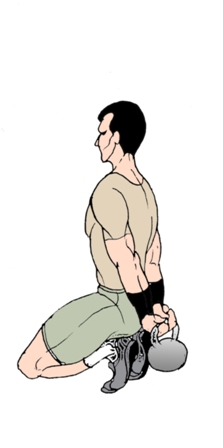
Some added tips from the same article –
-
While there are various versions on YouTube, I opt for a position with the feet closer together and toes pointed out at 45 degrees.
-
The kettlebell is held at arm’s length, behind the back and shoulders are drawn back with ‘proud posture’. Keep the shoulders down and away from the ears.
-
There should be a normal, not exaggerated curve in your low back. The torso remains vertical. If the need to lean forward overcomes you, face a wall so it will be impossible.
-
The knees move forward, tracking past the toes, the heels come off the ground. Focus hard on keeping your balance.
-
As stated above, think of creating space between your thighs and hips. Allow the kettlebell to open the chest and maintain tension in the calves.
-
In the bottom position, smoothly reverse the direction. You should focus on creating a stretch in the area of the hamstring/buttocks area. This will improve over time when you access more coordination and skill.
-
Also PRY the thighs together using your adductor group. This will be easier by placing your feet closer, rather than further apart.
-
Maintain a good posture at top and squeeze your quadriceps and glutes. Think of lifting your kneecaps and flexing your glutes hard.
-
Repeat within your repetition scheme.
-
Barefoot training on a padded surface is superior to wearing shoes. Squatting on the toes not only stimulates thighs and glutes, but the muscles of the calves and feet. Weak feet are a byproduct of spending too much time in shoes and socks.
The added ideas are tips from Pavel Tsatsouline’s, “Resilient” dvd. He suggest two variations. Only add these when you are secure with proper Hack Squat technique.
-
In the bottom position, while imagining a cable pulling your navel forward/up, touch one knee to the ground, then try it with the other. Return to standing forcing the hips forward and prying the legs together.
-
In the bottom position, while imagining a cable pulling your navel forward/up, touch BOTH knees to the ground, return to low, toe supported, position, then come to standing.
Now putting these two drills together creates Iron Djuru #1. There are several ways to approach this and they are all valid.
-
Practice the, Modified Good Morning for several reps, then do the Hack Squat for several.
-
Do one big movement, Modified Good Morning, then a Hack Squat.
-
Work on your weak point. If your hinging is fantastic, do one Good Morning and 3 to 5 Hack Squats.
-
Most however will find the resistance oddly matched. The Good Morning is pretty easily done, the Hack Squat, tougher. I’d recommend FIVE Good Mornings to ONE Hack Squat as a ratio.
-
When you are mature in movement and skill, add the “Knee Touch” drills at the bottom of the Hack Squat. Maintain strong visualization of a cable pulling your hips forward/up.
So that’s it. Djuru #1. Do not use this as “overload” or strength training. This is designed to regain, maintain or diagnose movement. Essentially eliminating lack of strength, lack of flexibility and lack of confidence in various ranges of motion. Like building an exoskeleton to protect your biggest investment,…. YOU.
[Photo of John Engum by Starting Strength]

